
Revolutionizing the Food Supply Chain: How Blockchain is Improving Traceability and Transparency
Blockchain technology has gained significant attention in recent years due to its potential to revolutionize various industries, and the food supply chain is no exception. Distributed ledger technology (DLT) has the power to transform the way we trace and track food from farm to fork, enhancing transparency and ensuring food safety standards. This article explores the current state of blockchain in the food industry, its implications for the future, and its applications in various sectors.
Historical Overview
The origins of blockchain technology can be traced back to the cryptocurrency Bitcoin, which was introduced in 2008. Since then, blockchain has evolved beyond its initial use case and found applications in various domains. In the food industry, the potential of blockchain was first recognized in 2016 when the Walmart Food Safety Collaboration Center partnered with IBM to use blockchain for food traceability.
Blockchain technology allows for the creation of an immutable and transparent digital ledger, which records every transaction and movement of a food product. This level of transparency enables stakeholders to trace the origin of each ingredient, identify potential points of contamination, and quickly respond to food recalls or outbreaks. By leveraging blockchain, the food industry can ensure the highest standards of food safety and quality control.
Advantages and Disadvantages
One of the key advantages of blockchain in the food supply chain is increased traceability. With a decentralized, immutable ledger, stakeholders can easily trace the journey of a food product, from the farm to the processing facility, all the way to the store shelves. This ability to track every step of the supply chain enhances transparency and builds trust between consumers and producers.
Another advantage is enhanced food safety. Blockchain technology enables real-time monitoring of food products, allowing for quick identification and mitigation of potential contamination or quality issues. By implementing blockchain, the food industry can significantly reduce the risk of foodborne illnesses and outbreaks.
However, there are also challenges and disadvantages to consider. Implementing blockchain solutions requires significant investment in infrastructure and technology. Additionally, the interoperability of different blockchain platforms can be a hurdle, as the entire supply chain needs to adopt compatible systems for seamless integration. Moreover, the sheer volume of data generated by blockchain can be overwhelming, requiring robust data management and analytics capabilities.
Practical Applications and Real-World Examples
Blockchain technology has numerous practical applications across the food industry. One such example is supply chain transparency. By leveraging blockchain, companies can provide consumers with detailed information about a product’s journey, including its origin, ingredients, and sustainability practices. This level of transparency can support ethical consumer choices and encourage responsible food production.
Another application is combating food fraud. Blockchain can prevent counterfeiting and unauthorized tampering by creating an auditable trail of a product’s history. This is particularly relevant for high-value food products, such as premium wines or organic produce, where authenticity and quality are paramount.
Real-world examples of blockchain in the food industry include Walmart’s collaboration with IBM, which aims to enhance traceability in the pork supply chain in China. Through blockchain, Walmart and its partners can trace the origin of pork products within seconds, reducing the time required for investigations from weeks to mere seconds.
Future Predictions
The future of blockchain in the food industry looks promising. As technology advances and adoption increases, we can expect to see even greater improvements in traceability, transparency, and food safety. Blockchain will likely become a standard tool for ensuring the integrity of the food supply chain, from small-scale farmers to multinational corporations.
Moreover, as consumers become more conscious about the origin of their food and demand greater transparency, blockchain can provide a competitive edge for companies that prioritize sustainability and ethical practices. By leveraging blockchain and decentralized technologies, the food industry can create a more sustainable, fair, and resilient system for the future.
Frequently Asked Questions
1. What is blockchain technology?
Blockchain is a decentralized digital ledger that records transactions across multiple computers, creating an auditable and transparent history of data.
2. How does blockchain improve traceability in the food supply chain?
Blockchain allows for the tracking of every step in the food supply chain, from farm to fork, ensuring transparency and enabling quick response to food recalls or outbreaks.
3. What are the advantages of using blockchain in the food industry?
Blockchain enhances traceability, transparency, and food safety. It promotes supply chain transparency, combats food fraud, and allows for real-time monitoring of food products.
4. Are there any disadvantages to implementing blockchain in the food industry?
Implementing blockchain requires significant investment in infrastructure and technology, interoperability challenges, and effective data management and analytics capabilities.
5. What are some practical applications of blockchain in the food industry?
Blockchain can be applied to supply chain transparency, combating food fraud, and promoting ethical consumer choices by providing detailed information about a product’s journey and origin.
6. What are some real-world examples of blockchain in the food industry?
One example is Walmart’s collaboration with IBM to trace the origin of pork products in China. Through blockchain, the time required for investigations reduced from weeks to seconds.
7. What does the future hold for blockchain in the food industry?
As technology advances and adoption increases, blockchain will likely become a standard tool for ensuring traceability, transparency, and food safety. It will also enable companies to differentiate themselves through sustainability and ethical practices.
We hope this article has provided you with valuable insights into how blockchain is revolutionizing the food supply chain. Feel free to share your thoughts or additional examples in the comments section below!
More in this category ...
Ripple companions with SBI Group and HashKey DX for XRPL answers in Japan
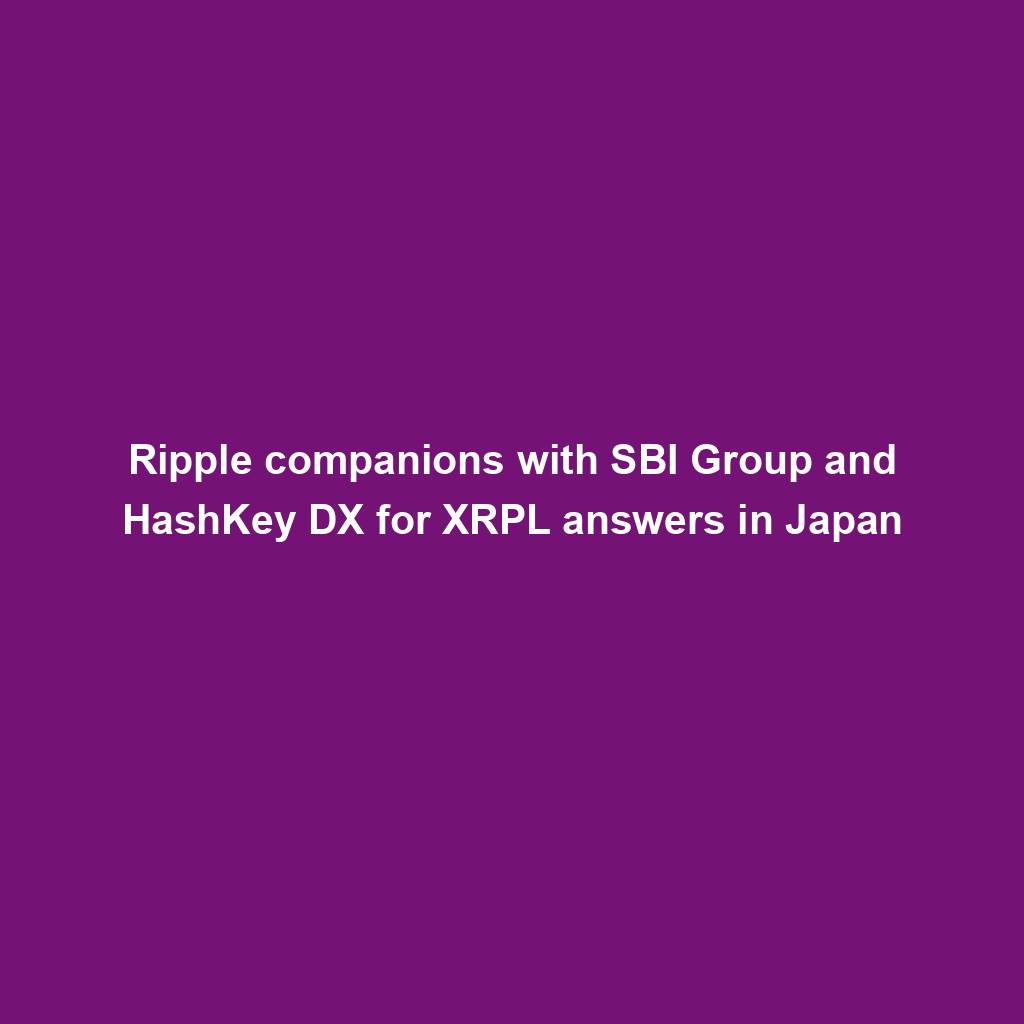
April sees $25M in exploits and scams, marking historic low ― Certik
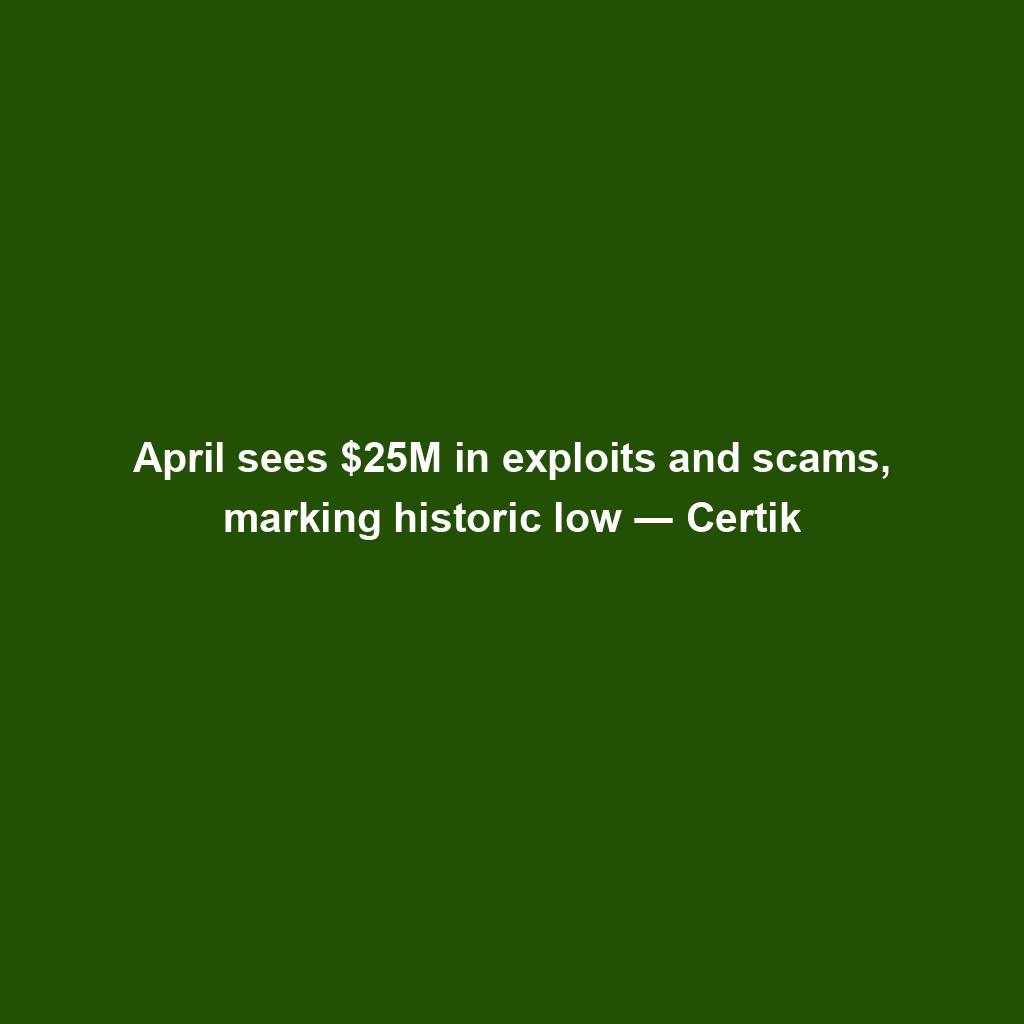
MSTR, COIN, RIOT and different crypto shares down as Bitcoin dips
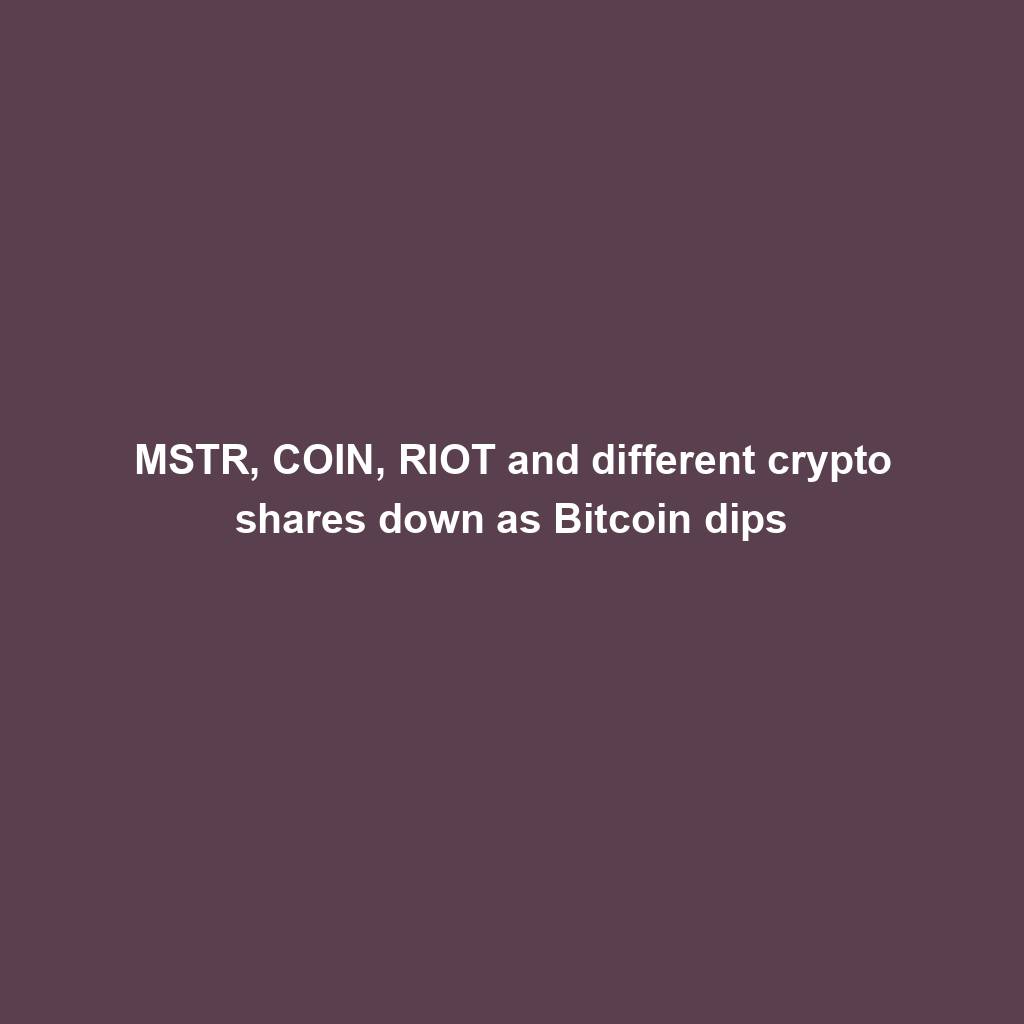
EigenLayer publicizes token release and airdrop for the group
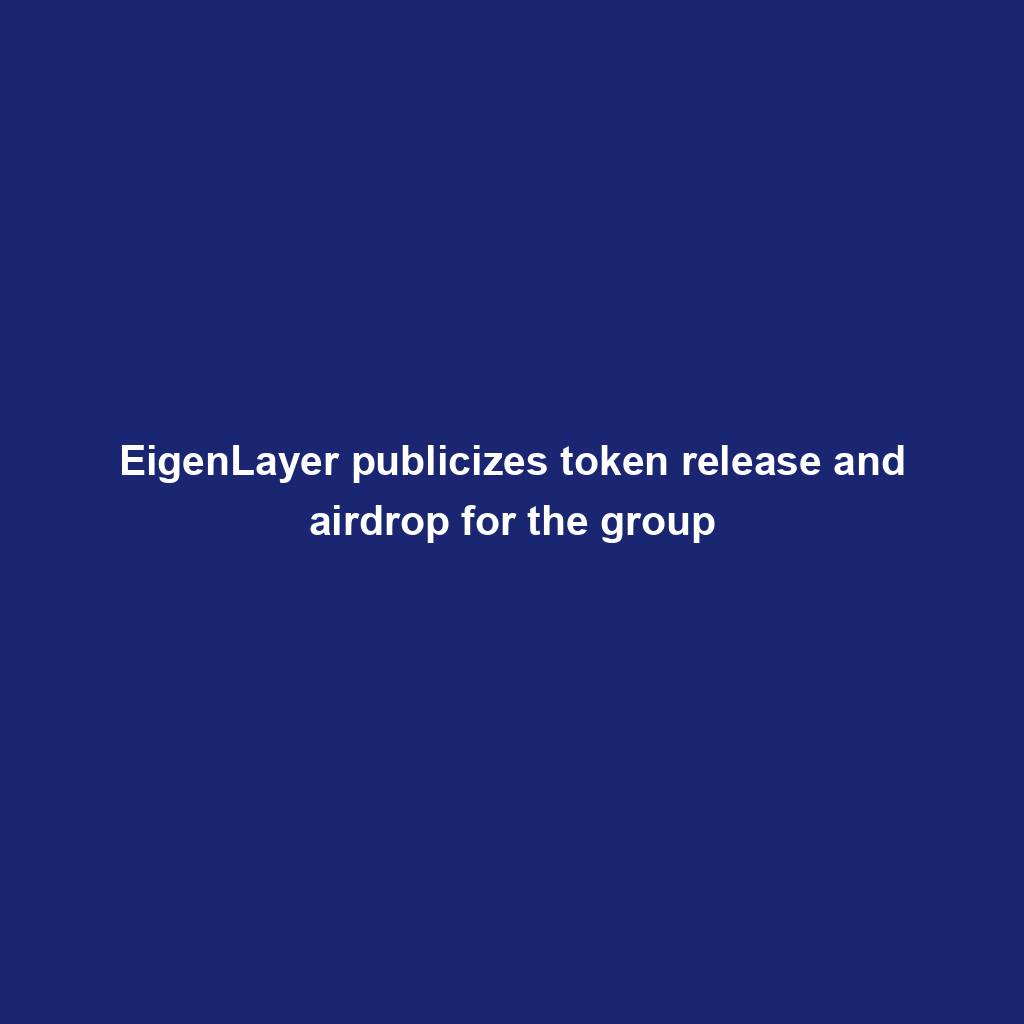
VeloxCon 2024: Innovation in knowledge control

Successful Beta Service release of SOMESING, ‘My Hand-Carry Studio Karaoke App’

Dogwifhat (WIF) large pump on Bybit after record reasons marketplace frenzy
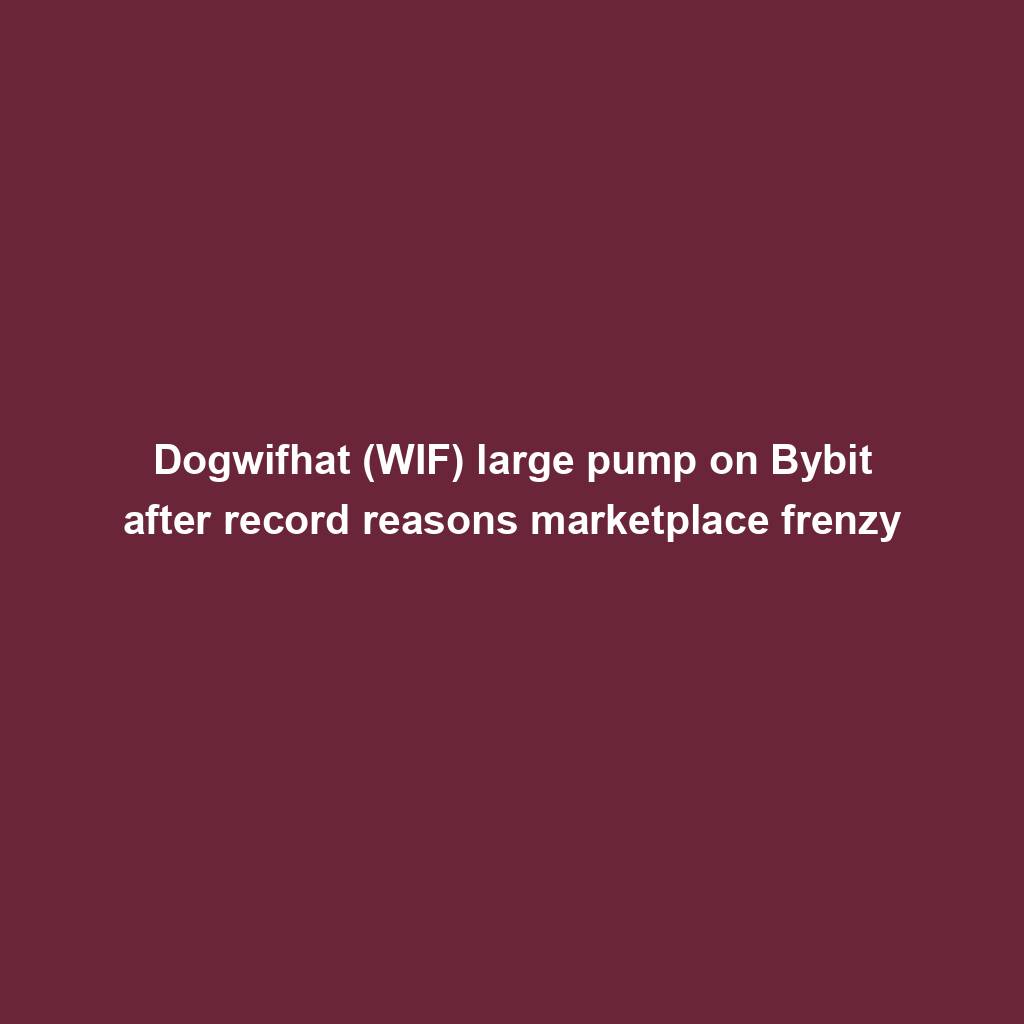
How fintech innovation is riding virtual transformation for communities around the globe
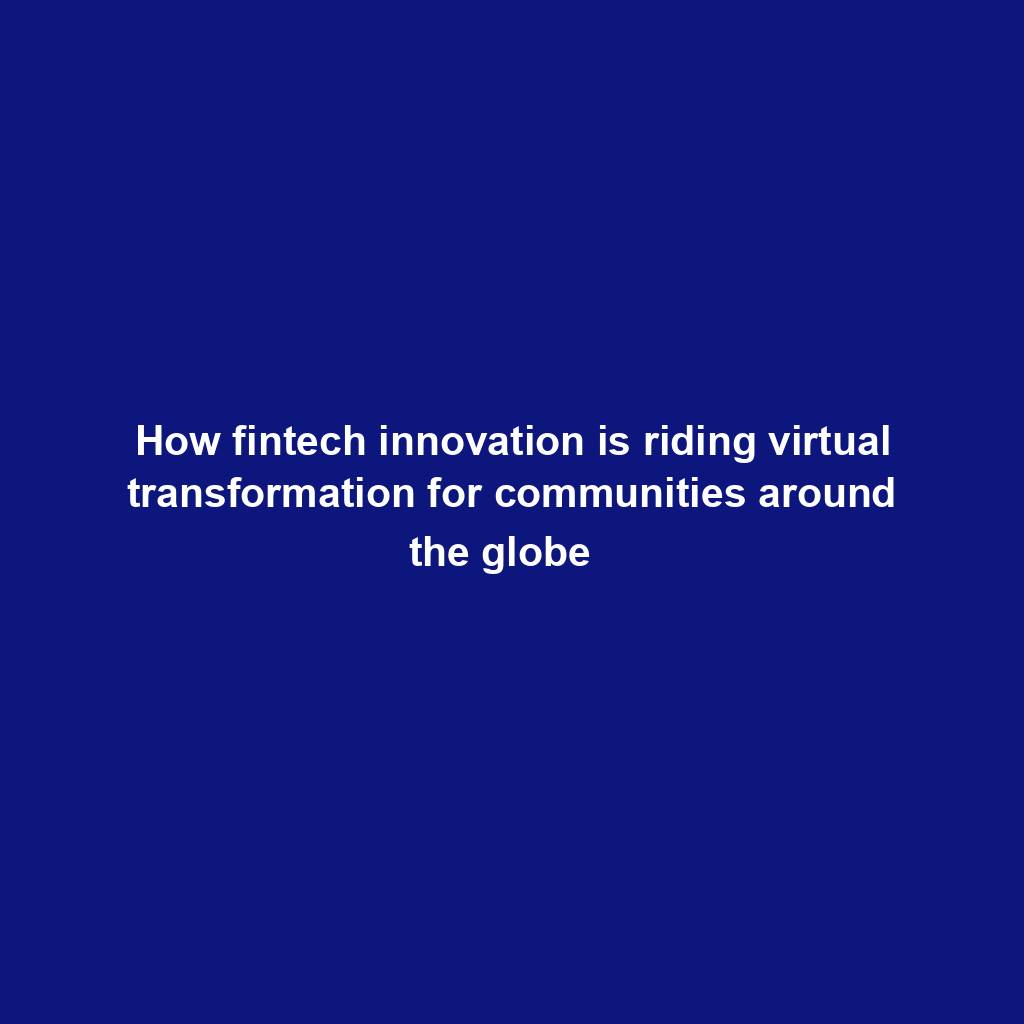
Wasabi Wallet developer bars U.S. customers amidst regulatory considerations
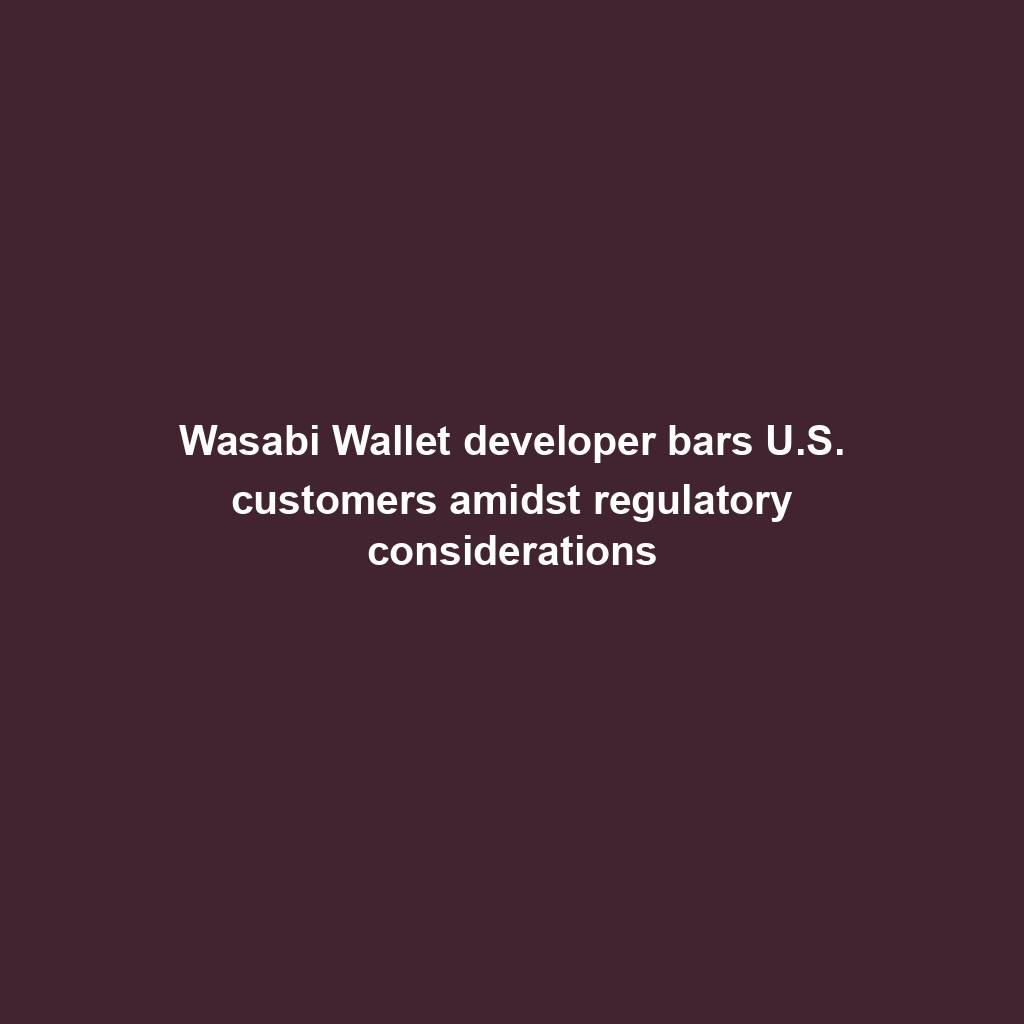
Analyst Foresees Peak In Late 2025
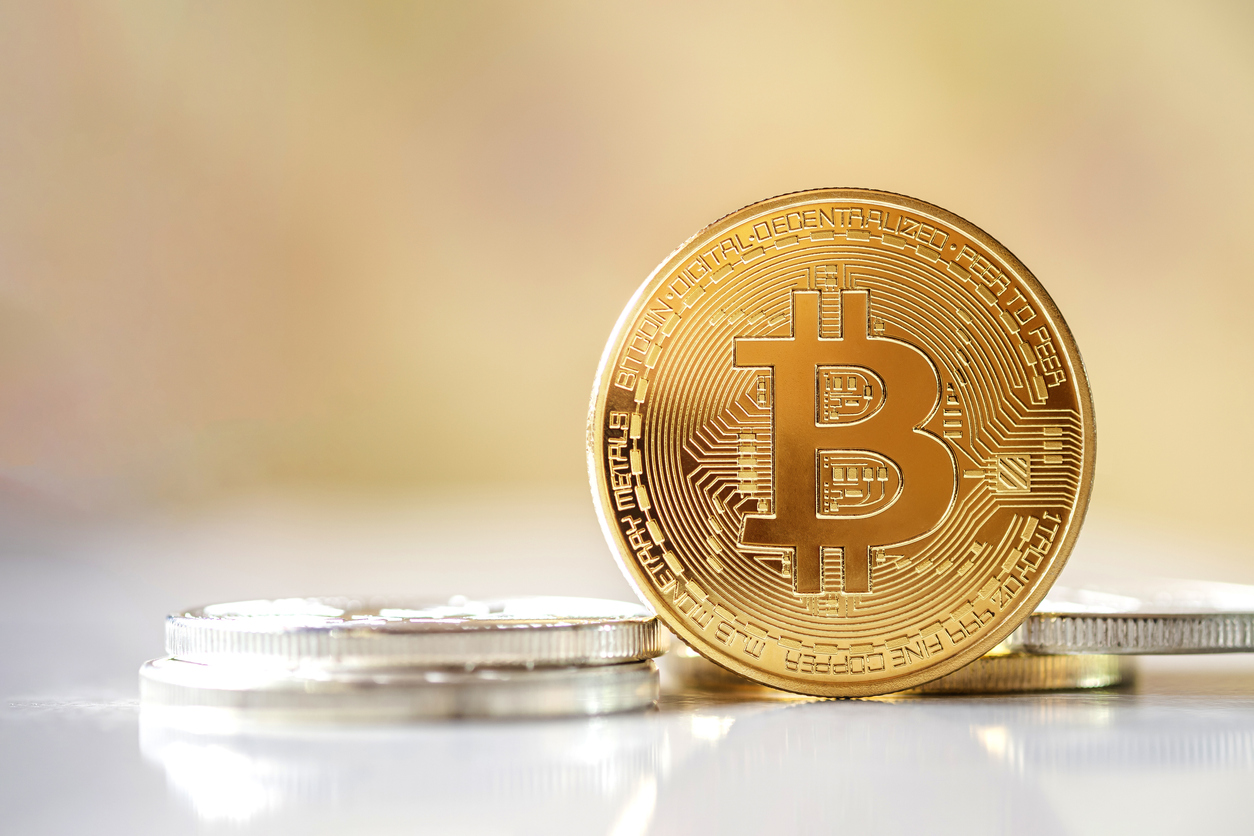
Solo Bitcoin miner wins the three.125 BTC lottery, fixing legitimate block

Ace Exchange Suspects Should Get 20-Year Prison Sentences: Prosecutors

Google Cloud's Web3 portal release sparks debate in crypto trade
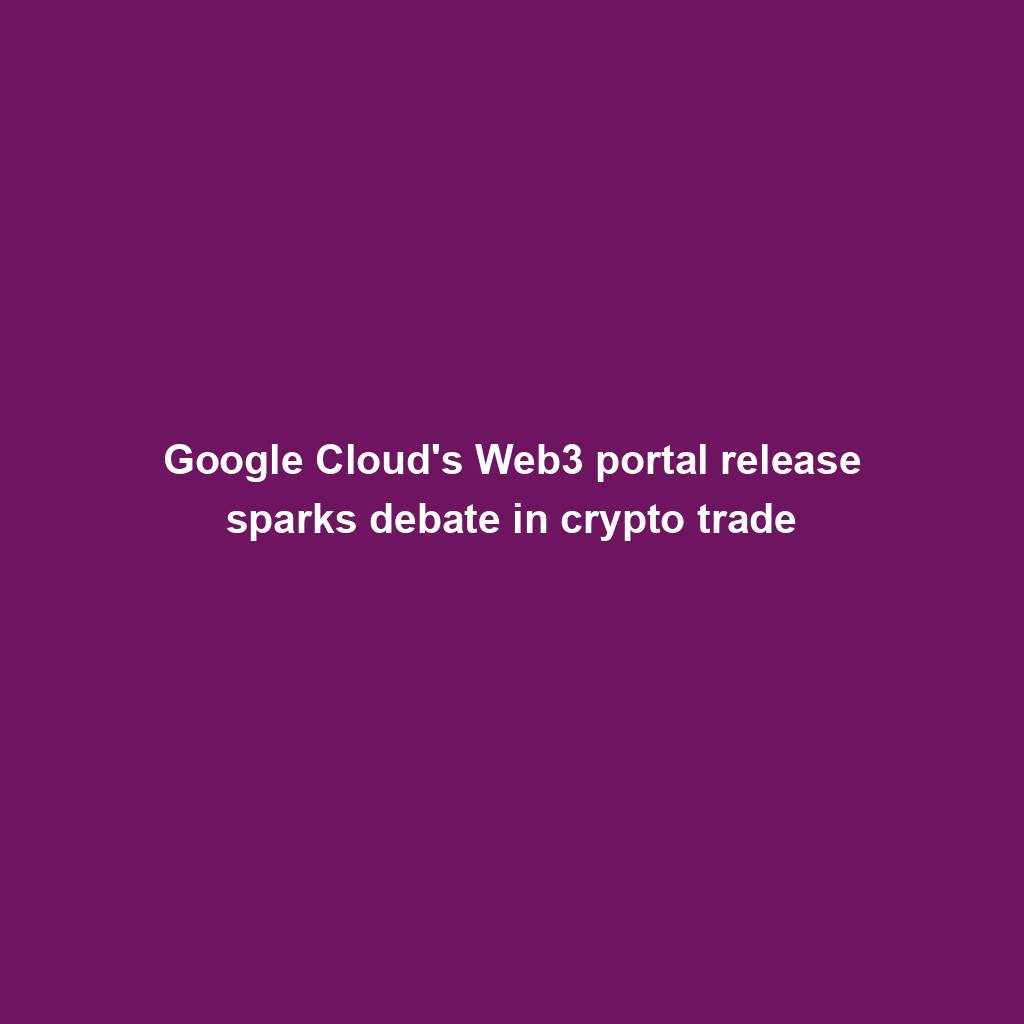
Bitcoin Primed For $77,000 Surge

Bitbot’s twelfth presale level nears its finish after elevating $2.87 million
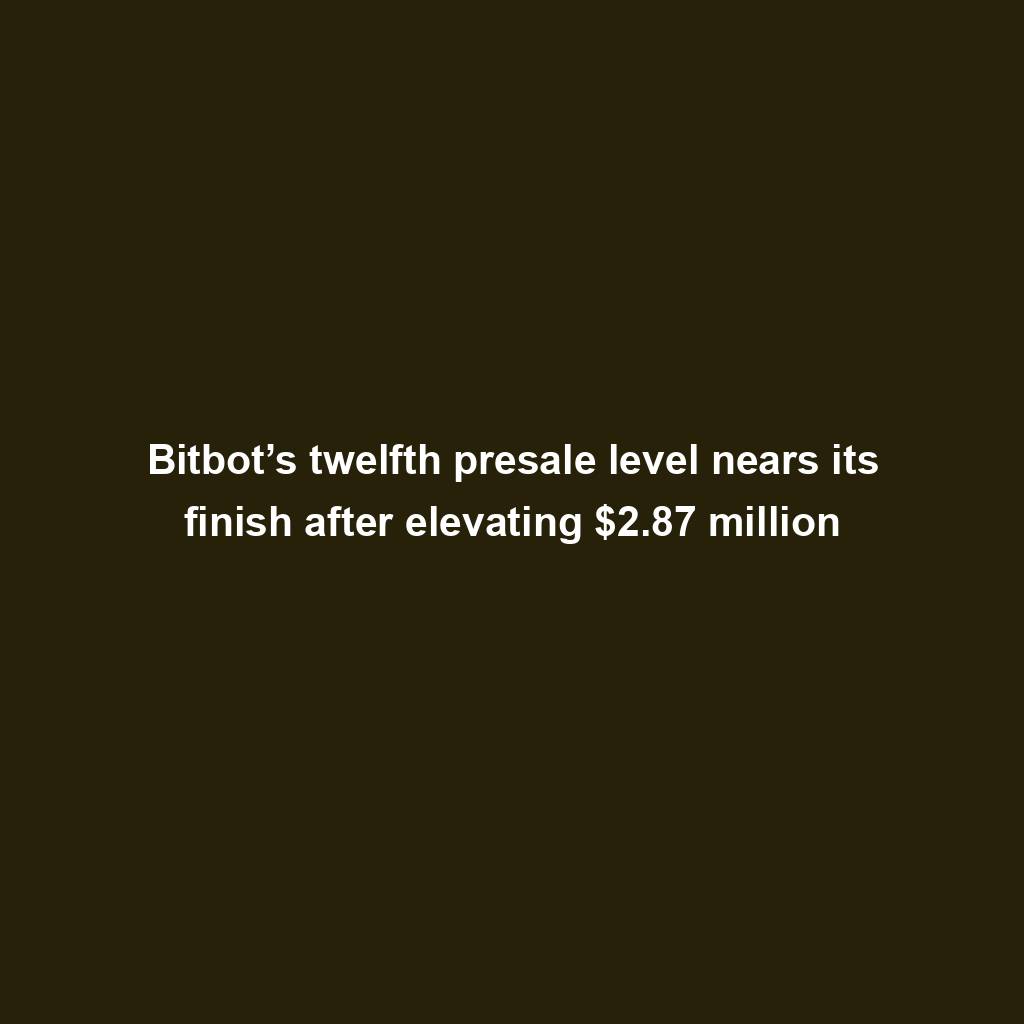
PANDA and MEW bullish momentum cool off: traders shift to new altcoin

Commerce technique: Ecommerce is useless, lengthy are living ecommerce

Republic First Bank closed by way of US regulators — crypto neighborhood reacts
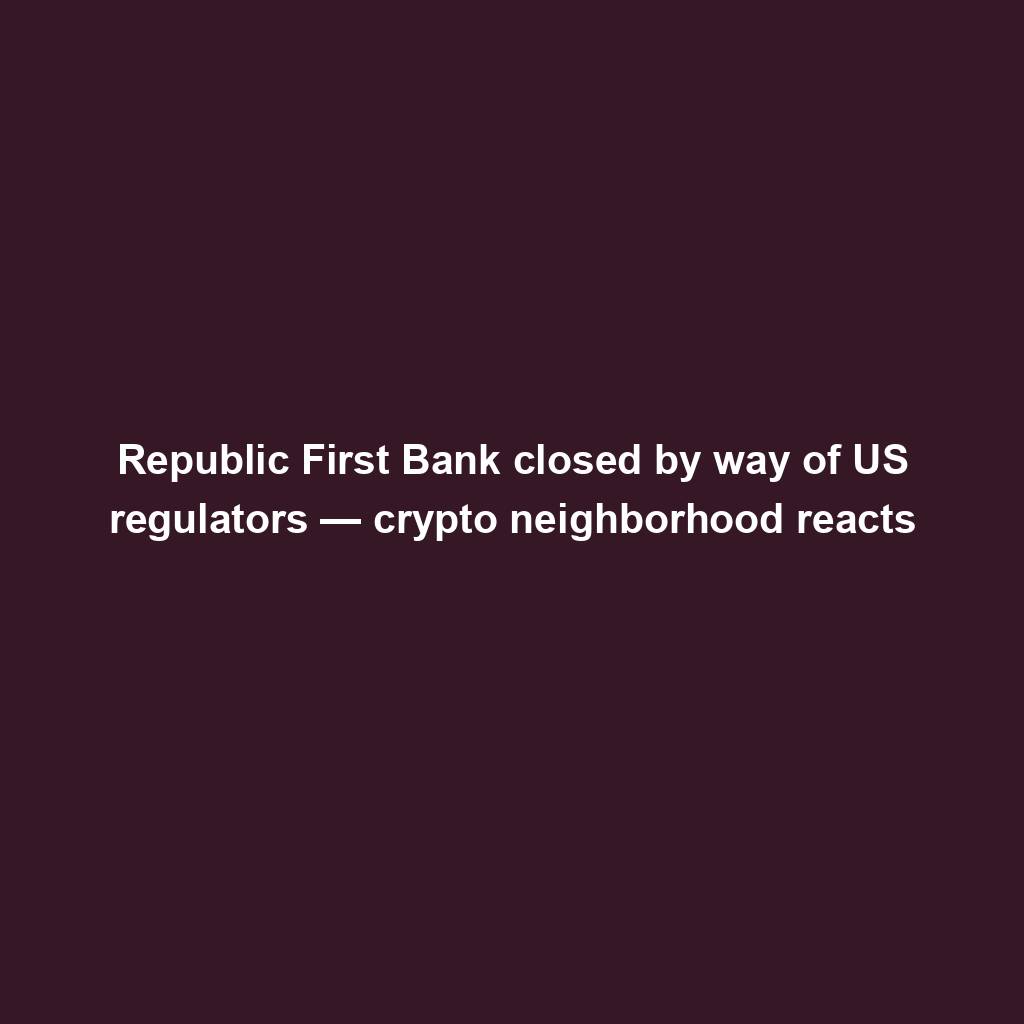
China’s former CBDC leader is beneath executive investigation
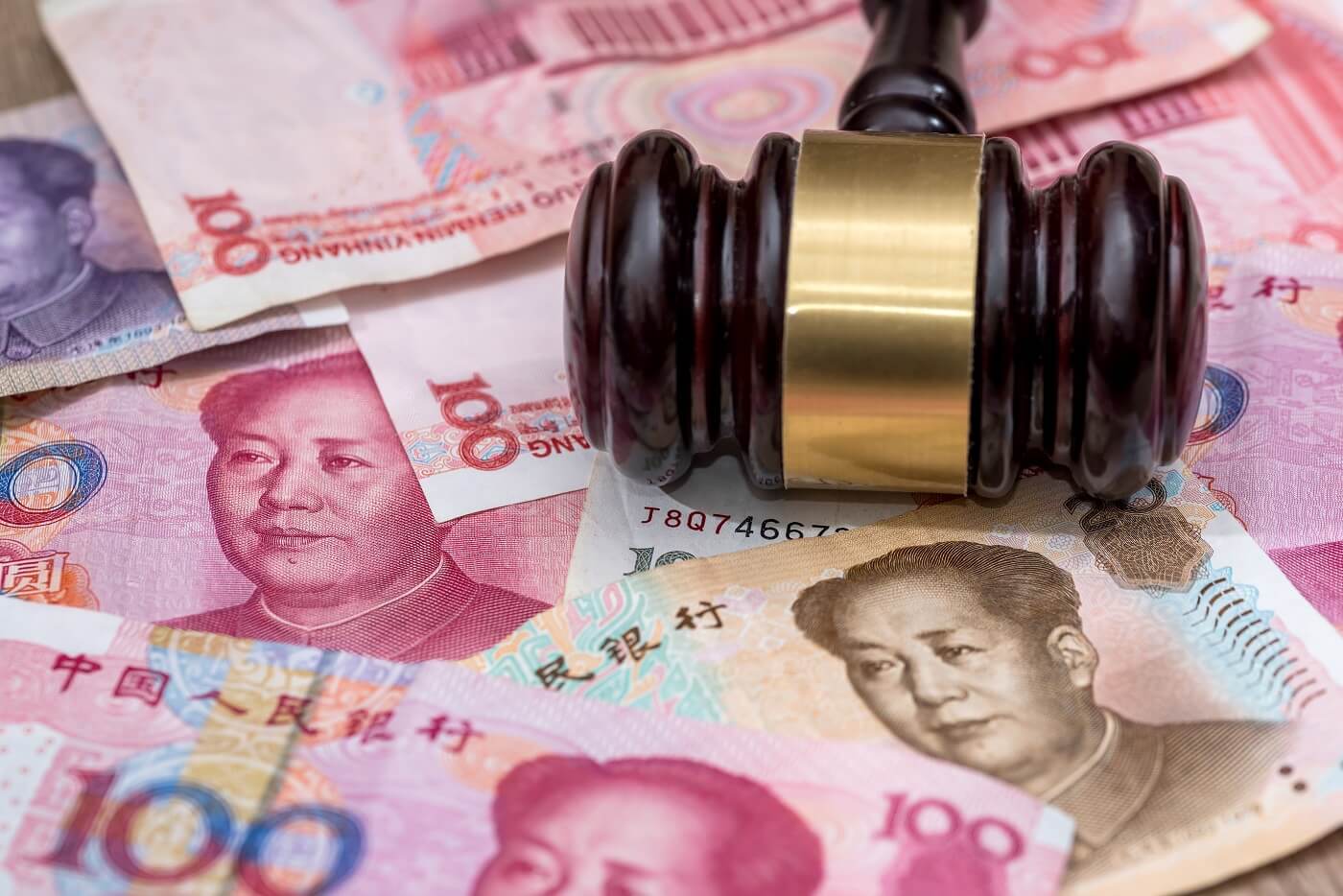
Bigger isn’t all the time higher: How hybrid Computational Intelligence development permits smaller language fashions
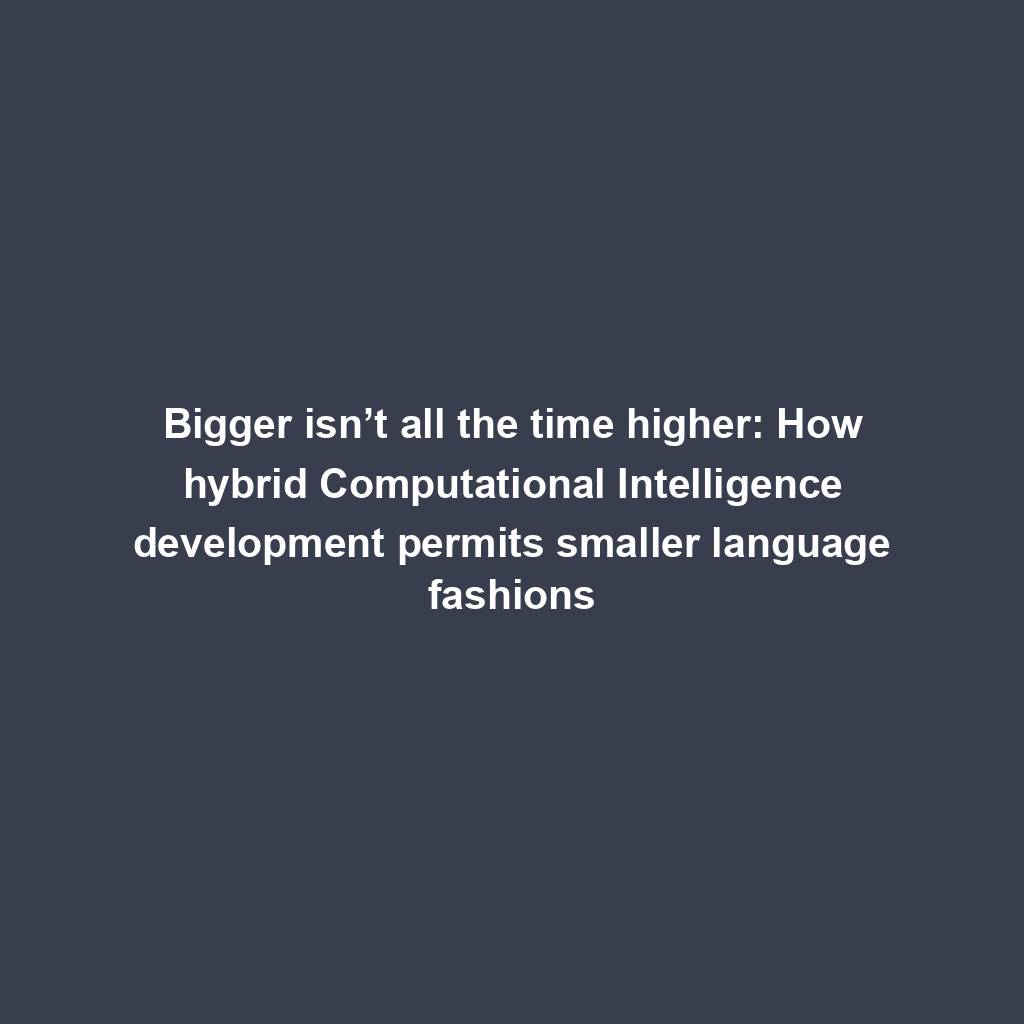
Pantera Capital buys extra Solana (SOL) from FTX
Successful Beta Service release of SOMESING, ‘My Hand-Carry Studio Karaoke App’

SEC sues Bitcoin miner Geosyn Mining for fraud; Bitbot presale nears $3M

Business procedure reengineering (BPR) examples

85% Of Altcoins In “Opportunity Zone,” Santiment Reveals
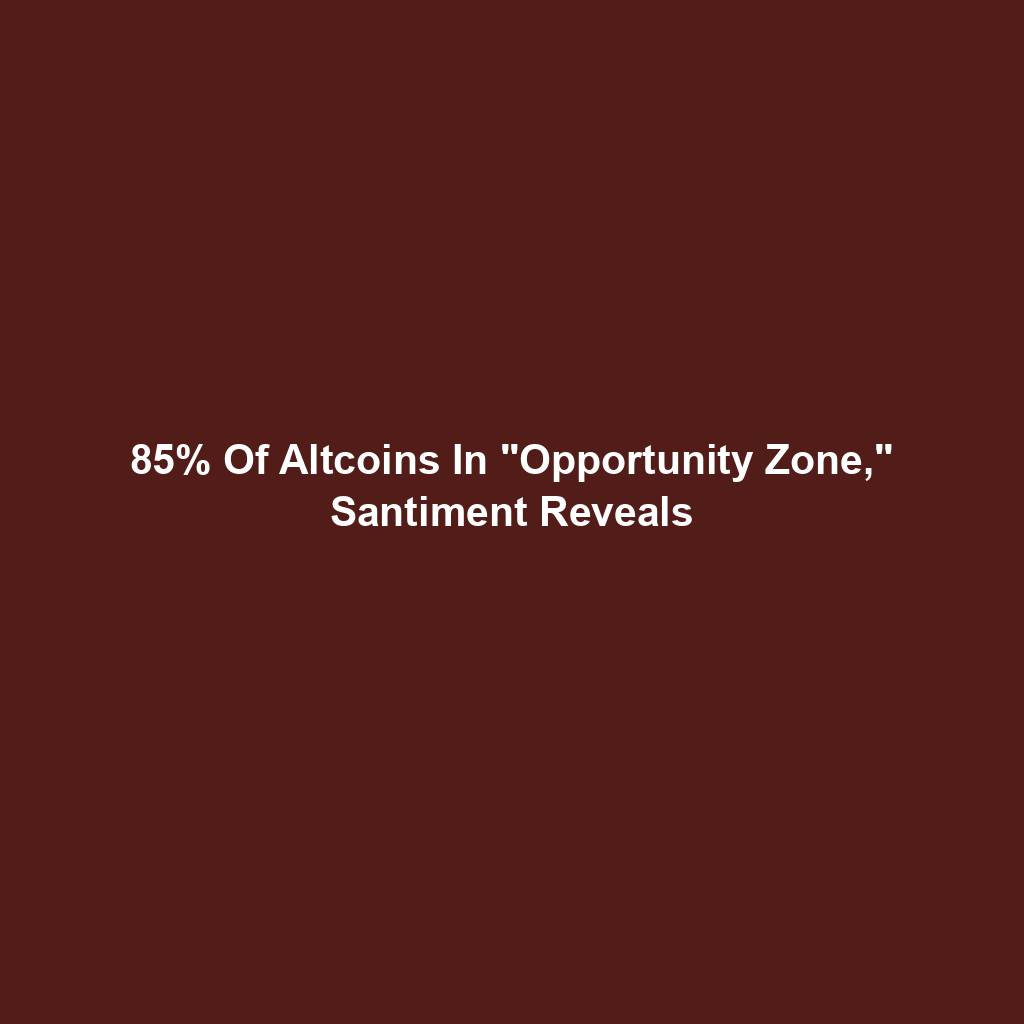
Sam Altman’s Worldcoin eyeing PayPal and OpenAI partnerships
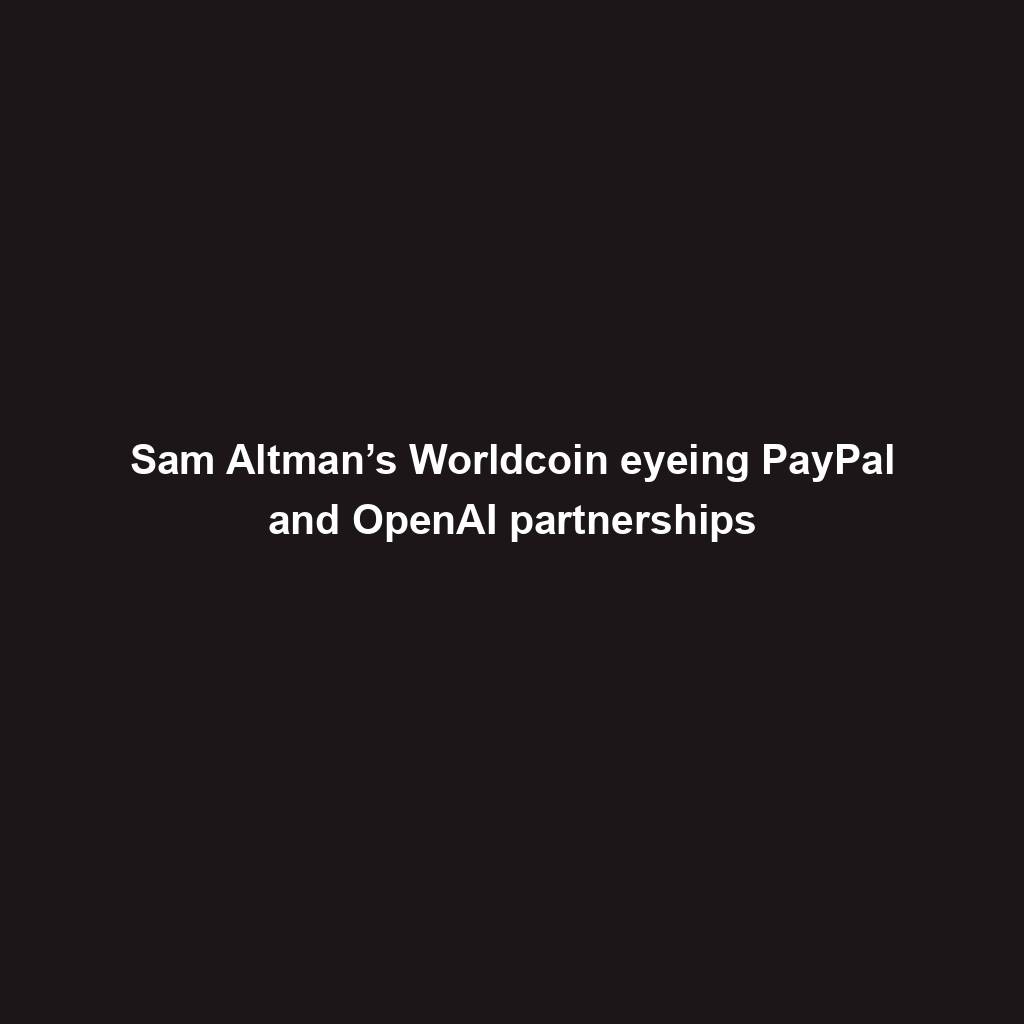
Artificial Intelligence transforms the IT strengthen enjoy
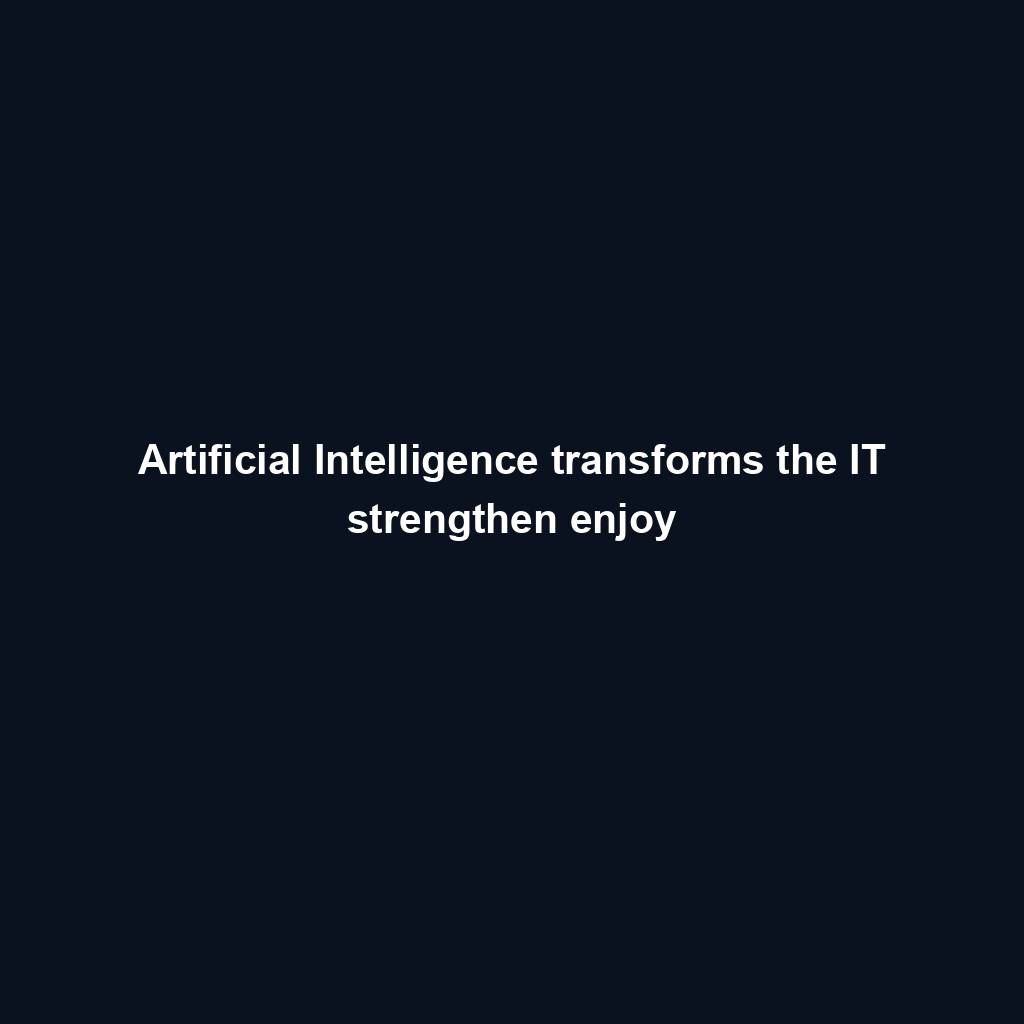
Franklin Templeton tokenizes $380M fund on Polygon and Stellar for P2P transfers
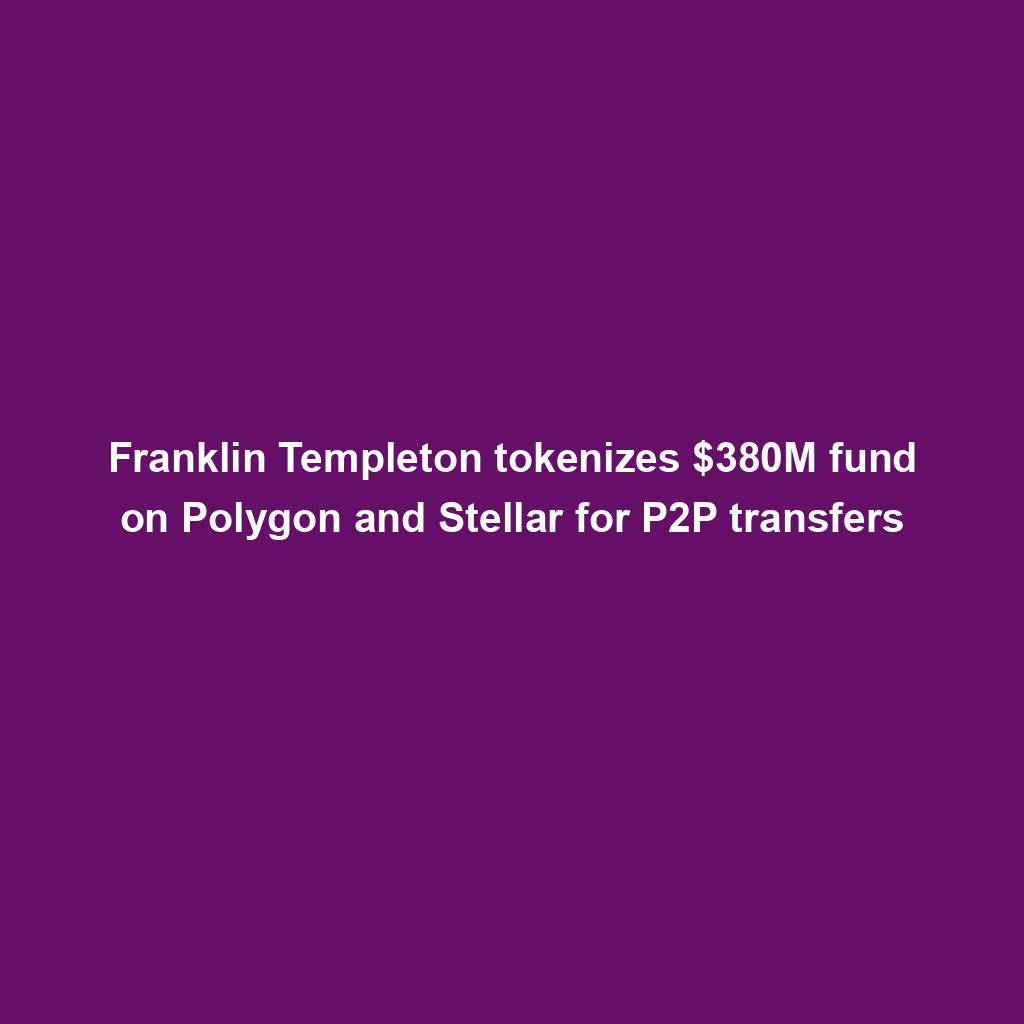
Meta’s letting Xbox, Lenovo, and Asus construct new Quest metaverse {hardware}
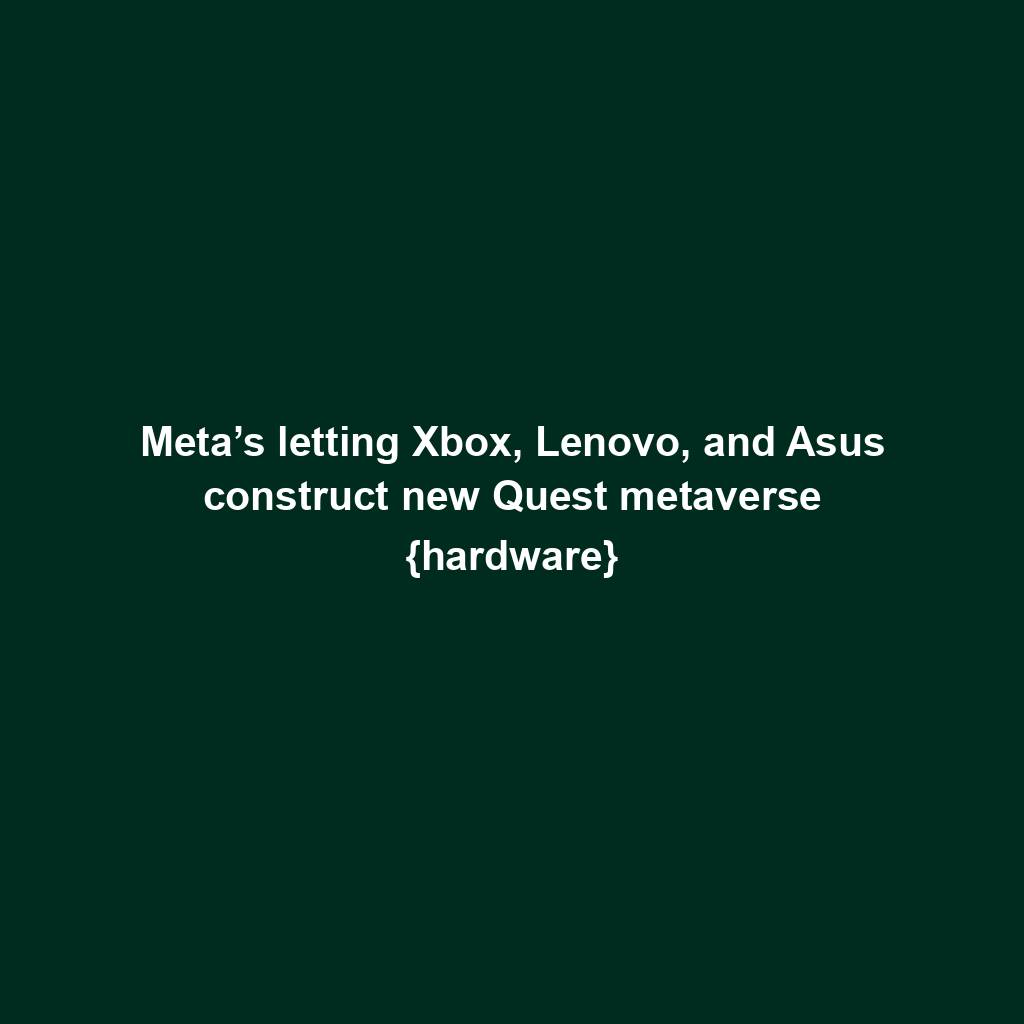
Shiba Inu (SHIB) unveils bold Shibarium plans as Kangamoon steals the display
